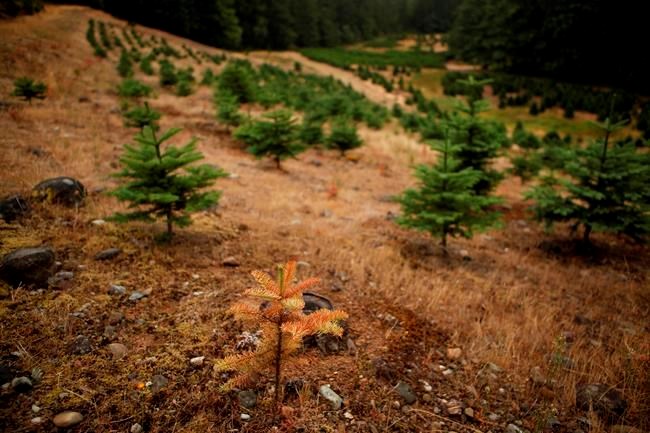VANCOUVER — British Columbia should be well into its rainy season, but instead, persistent hot and dry weather has created drought conditions. Here are some of the numbers connected with the drought:
---
Recorded rainfall between July and Oct. 18, compared with average rainfall:
Sechelt: current 9 mm, average 200 mm
Powell River: current 27 mm, average 192 mm
Fort Nelson: current 61 mm, average 182 mm
---
The B.C. government ranks drought levels from 0 to 5, with a 5 rating being the most severe with adverse effects to socio-economic or ecosystem values being almost certain.
5: The Sunshine Coast, all regions of Vancouver Island, Lower Mainland, Fort Nelson, and north, south and east Peace regions.
4: Central Coast, Haida Gwaii, eastern Pacific Range and Kettle.
---
Wildfires
201: wildfires still burning in B.C.
50: new wildfires sparked since Oct. 11.
23.9: The percentage of wildfires confirmed that were human-caused.
---
Temperatures:
Eleven daily maximum high temperatures were set across B.C. on Oct. 17.
25.5 C: The high temperature in Dawson Creek, 5 C above the previous daily high, set in 2018.
21.6 C: The high temperature in Prince George, 3 C above the previous daily high, set in 1922.
This report by The Canadian Press was first published Oct. 18, 2022.
The Canadian Press



